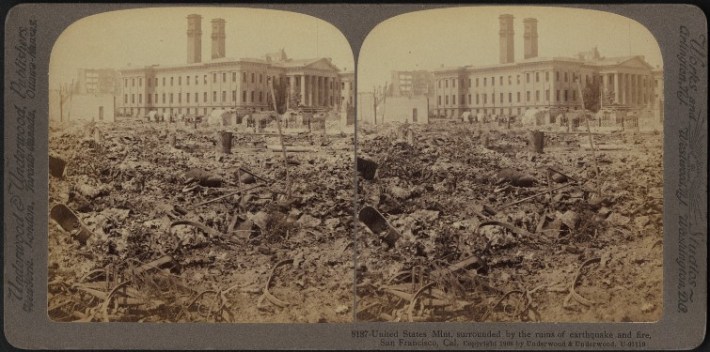The big rail line to the airport is an awfully seductive transit project to many political decision makers. So cities keep heaping resources on flashy airport transit even though the ridership is seldom worth the expense. Toronto, for instance, recently rolled out a new airport line that costs a bundle to ride and is drawing a disappointing number of passengers.

Service to the airport is tricky for several reasons, says Jarrett Walker at Human Transit, but it can be done well. Here are his guidelines for making airport transit successful:
- Total travel time matters, not just in-vehicle time. Airports are citadels of impatience. Travel time matters hugely, but travel time is not just in-vehicle time (the time you’ll see advertised) but total time including waiting. That’s why the advantage of making few stops is wildly exaggerated. To accurately measure real travel time, add the in-vehicle travel time to half the waiting time, where the latter is governed by frequency. You’ll find that a more frequent train that stops more often (and is therefore useful to more people) comes out ahead even for the downtown-to-airport traveler.
- Combine air travelers and airport employees on the same train/bus, and appeal to an economically diverse range of air travelers, not just the elite. This is a case of the general principle that transit thrives on the diversity of trips for which it’s useful, not on specialization. If elites want a nicer train, give them first class cars at higher fares, but not a separate train just for them. (And as always, elite services are a good role for the for-profit sector.) As always, the more people of all kinds you can get on a train or bus, the more frequently you can afford to run it, which means less waiting, and the lower the fare you need to charge.
- Connect the airport to lots of places, not just downtown, by providing a total network. It’s the total transit system at the airport, not just the sexy airport line, that determines who can get there, and how quickly. And the total network requires connections -- another reason to care about frequency.
- Don’t interfere with the growth of other services. Airport terminals are still not huge destinations by citywide standards, so don’t sacrifice other major markets to serve them. Toronto’s airport train, for example, not only carries few people but creates issues for higher-ridership services with which it shares track. Another common problem is the branch into the airport that cuts frequency and capacity on a mainline, even though the mainline’s demand is much higher (San Francisco, Vancouver).
- If you can afford it, go via the airport instead of terminating there. Most airports are large-scale cul-de-sacs, and like every cul-de-sac, they say: “I want only as much transit service as I can justify all by myself.” So if you can tunnel under the airport and serve it on the way to other places, as in Sydney, you will often end up with much better service for all your airport users, employees and travelers alike.
Elsewhere on the Network today: D Magazine's Street Smart column shares a chart from the Alliance for Biking and Walking that indicates a "safety in numbers" effect for pedestrians. And The Wash Cycle reports on a new study that found lower injury rates for people riding Capital Bikeshare than for people riding a personal bike.





